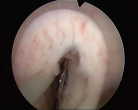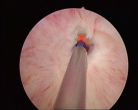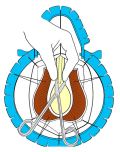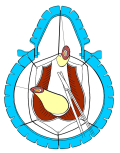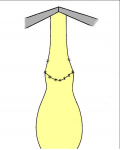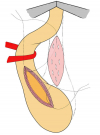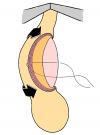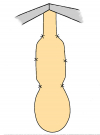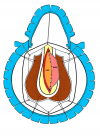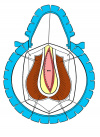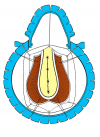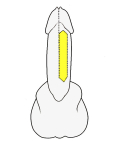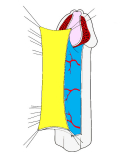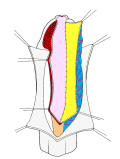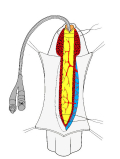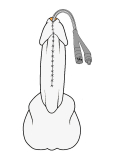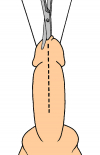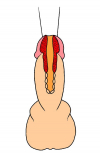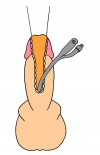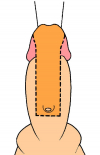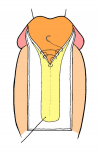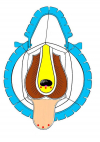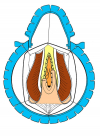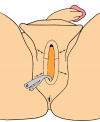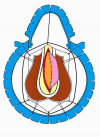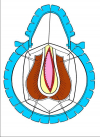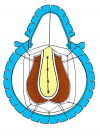Treatment of urethral strictures is primarily surgery, but the choice of the appropriate treatment is based on the characteristics of the stenosis (site, etiology, length, adverse local factors) and on the patient’s characteristics (age, clinical history, associated diseases, physical and mental condition).
Basically, the treatment types are:
- Periodical instrumental and clinical evaluation of the patient. This approach is commonly known as watchful waiting.
- Progressive dilatation of the urethral caliber, periodically performed in an outpatient office using soft catheters.
- Endoscopic opening of the stricture. This procedure is commonly known as internal urethrotomy using a cold knife or holmium laser.
|
- Surgical repair of the stricture. This procedure is commonly known as urethroplasty.
|
The main types of urethroplasty are:
One-stage urethroplasty
The urethra is reconstructed using a single surgical step. The most important surgical techniques for one-stage urethroplasty are:
- End-to-end anastomosis: the urethra is transected at the level of the stricture site, the scar tissue is removed and the two urethral edges are sutured together. End-to-end anastomosis may also be performed using oral mucosa grafting.
|
- Urethroplasty using oral graft: the urethra is fully opened at the level of the stricture site and the canal is widened with a strip of oral mucosa harvested from the cheek or the tongue. This is a true self-transplant because the strip of oral mucosa is removed entirely from the inside of the mouth or from the tongue and sutured to the urethra using different techniques (urethroplasty with dorsal or ventral oral mucosal graft).
|
- Urethroplasty using penile skin flap: the urethra is opened at the level of the stricture site, and the canal is widened with a strip of penile skin, which is vascularized by a special vascular pedicle.
|
Two-stage or multi-stage urethroplasty
The urethra is repaired using two or more surgical procedures performed within 6 – 8 or 12 months from each other.
- In penile urethral strictures, during the first stage, the urethra is opened or completely removed and replaced by a wide strip of oral mucosa or penile skin, which is sutured directly onto the corpora cavernosa or the gland surface. After 6-8 or 12 months, if the graft is well vascularized, the mucous membrane strip is transformed into a tube and the urethral meatus is positioned on the apex of the gland.
|
- In bulbar urethral strictures, during the first stage, the urethra is opened at the perineum and urine are discharged from this new stoma, thus obligating the patient to urinate in a seated position. Whenever possible, this perineal stoma may be closed, thus allowing the patient to urinate through the penis again. In some cases, however, when it is impossible to restore the patient’s ability to urinate through the penis, perineostomy is considered a definitive surgery.
|


